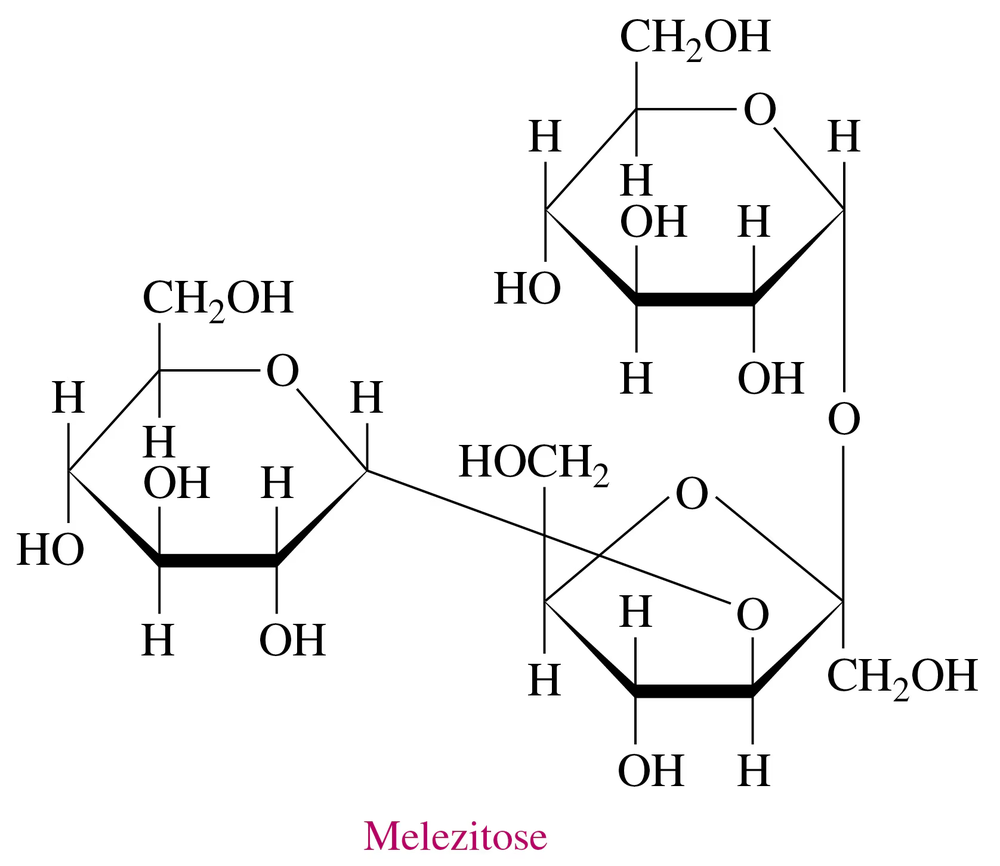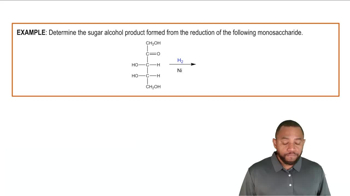Give the name of one or more polysaccharides that matches each of the following descriptions:
c. contains only α(1→4)-glycosidic bonds

 Verified step by step guidance
Verified step by step guidance Verified video answer for a similar problem:
Verified video answer for a similar problem:



 1:24m
1:24mMaster Polysaccharides Example 1 with a bite sized video explanation from Jules
Start learning